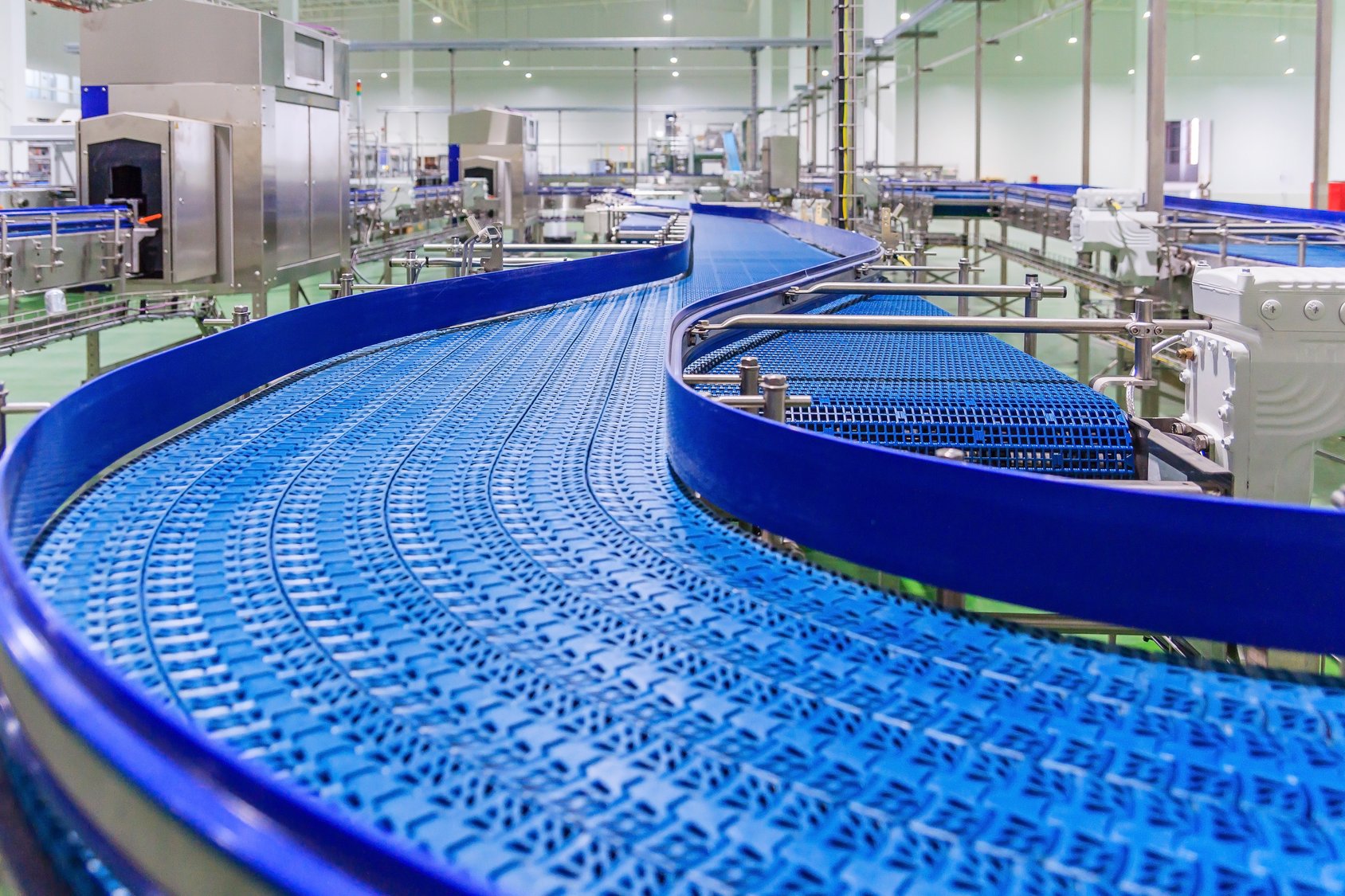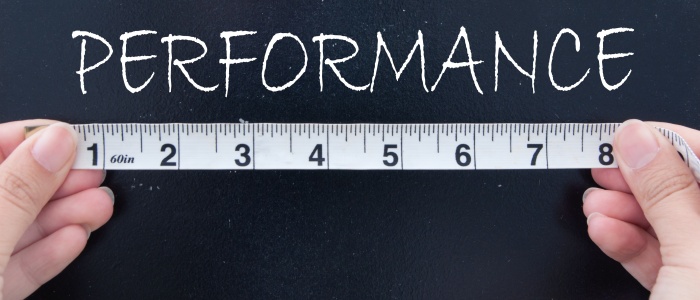Specialized ERP is needed to address engineer-to-order requirements
Not all ERP systems are designed with the capabilities to address the somewhat unique requirements for manufacturing organizations that specialize in engineer-to-order products. There are significant differences in the business requirements of engineer-to-order manufacturers, compared to those of repetitive, make-to-stock, mixed mode, and even make-to-order manufacturers. The key difference is that engineer-to-order companies may build a specific design and configuration only once. That’s it. You need engineer-to-order manufacturing software to be able to accommodate the unique requirements of creating singular products.
Characteristics of engineer-to-order business requirements
Many engineer-to-order manufacturers are project based. You need engineer-to-order ERP that can handle projects, including work breakdown structures for more complex projects, a two-way integration with MS Project for customer visibility, and a variety of project-based metrics (actuals to budget, estimate at complete, percent complete revenue recognition, etc.).
Engineer-to-order companies typically want to track the engineering effort from both a time and progress perspective. These organizations want to capture all activities, and setting up the entire process as a project will facilitate that.
There are three other areas that the engineer-to-order ERP needs to be able to manage:
- CAD Integration: Having two-way communication with your CAD package of choice and your ERP is paramount. The integration has numerous benefits, including considerable time savings due to not having to enter bills of materials in two systems. There is also a reduction in errors due to the complete integration. Our CAD integration tool of choice with Infor ERP is CADLink. It is an excellent product and many of our customers are using CADLink with remarkable success.
- Configuration: An integrated parametric configurator such as Infor CPQ can benefit an engineer-to-order company’s process. The sales team can configure many of the common features, and then pass the configuration over to engineering to complete the bill of materials, possible sub-assemblies, and routing.
- Time Collection: Engineers are usually not overly excited to track labor for the engineering time, but it is needed to gather true costs, have in-process visibility, and gain important metrics on engineering effort run times.
By using tools such as Infor Factory Track as part of the Infor ERP application, companies can gain valuable insight into what activities—from engineering all the way through production—are consuming lead time. At Visual South, we have often seen the scenario where manufacturing has to work second shifts and even weekends to meet delivery deadlines. This leads a company to put a huge emphasis on production scheduling in order to improve on-time delivery. But once we do investigatory activities, such as our Business Process Reviews, we often find that manufacturing is doing a great job. The issue is that the organization is underestimating the engineering effort, and engineering is consuming more of the lead time than anyone expected. The remedy is to add capacity to engineering, and then production normalizes without the need to work added hours. That is the power of having actual data and a true representation of your internal processes, especially in an engineer-to-order environment.
Related: ERP Requirements for Crane Manufacturers
After engineering
Once a product is engineered, the production process is much the same for engineer-to-order manufacturers as others. Your engineer-to-order ERP system should be able to do the more standard functions, such as run MRP and see demand for parts to be purchased or fabricated; run the production schedule to optimize work order sequencing for the shop; and have shop floor applications to help capture job costs for materials, labor, and any outside services. However, it is important to be able to have these production work orders, and roll their costs up to the project.
Service should be a required component of the engineer-to-order ERP software. Often, we see the need for installation, training, and testing for the engineer-to-order finished good. These activities can also be part of the overall project and costs that are captured in the ERP.
There are also usually service agreements, warranties, and even maintenance agreements that need to be managed as part of an engineer-to-order project. As such, it is vital to have a strong Service Management and Field Service application as part of the engineer-to-order ERP system.
Summary
Finding a good engineer-to-order ERP system can be a challenge. However there are excellent options, such as Infor CloudSuite Industrial/SyteLine ERP. Infor is flexible and provides engineer-to-order project manufacturers with all the tools they need to run their business, from opportunity to after-market service and sales. You get one system to manage everything, versus the grab bag of unintegrated systems often seen in use today.
If you are struggling with trying to make your current ERP system work in an engineer-to-order environment, then we would like to discuss your situation. Please reach out for a free assessment. The team at Visual South will listen to your issues and goals, and discuss options for improvement and a path to address your business issues.








